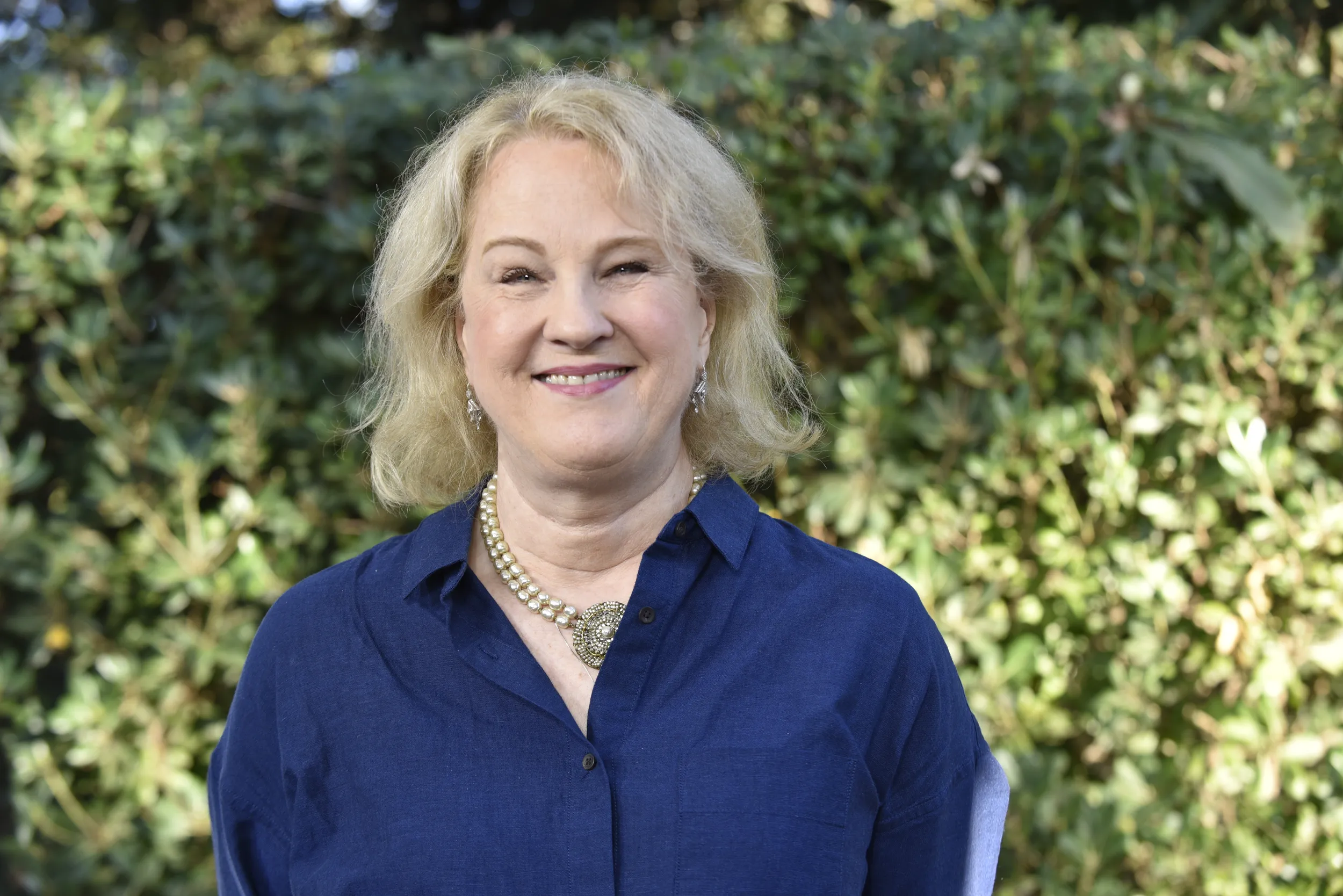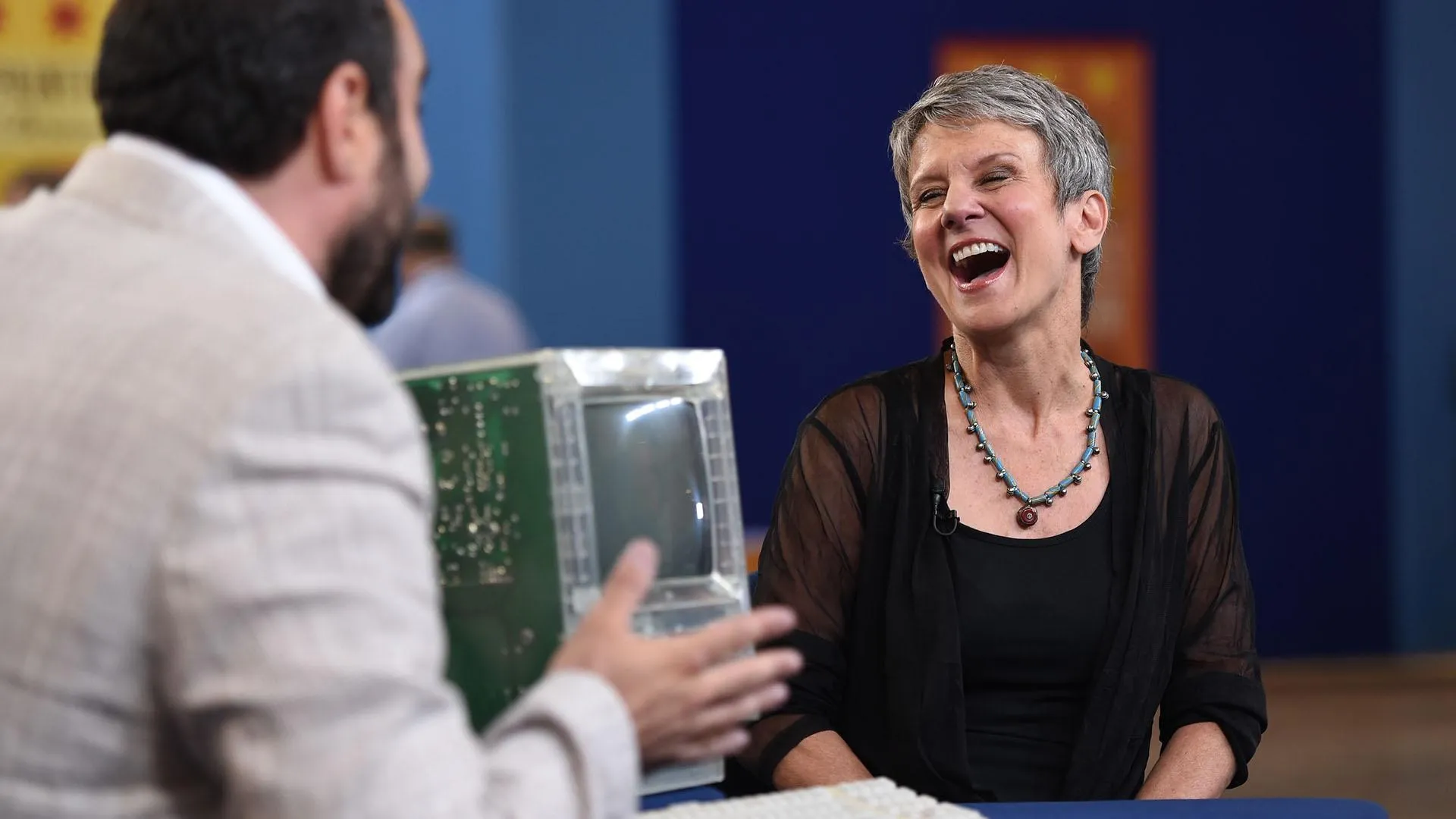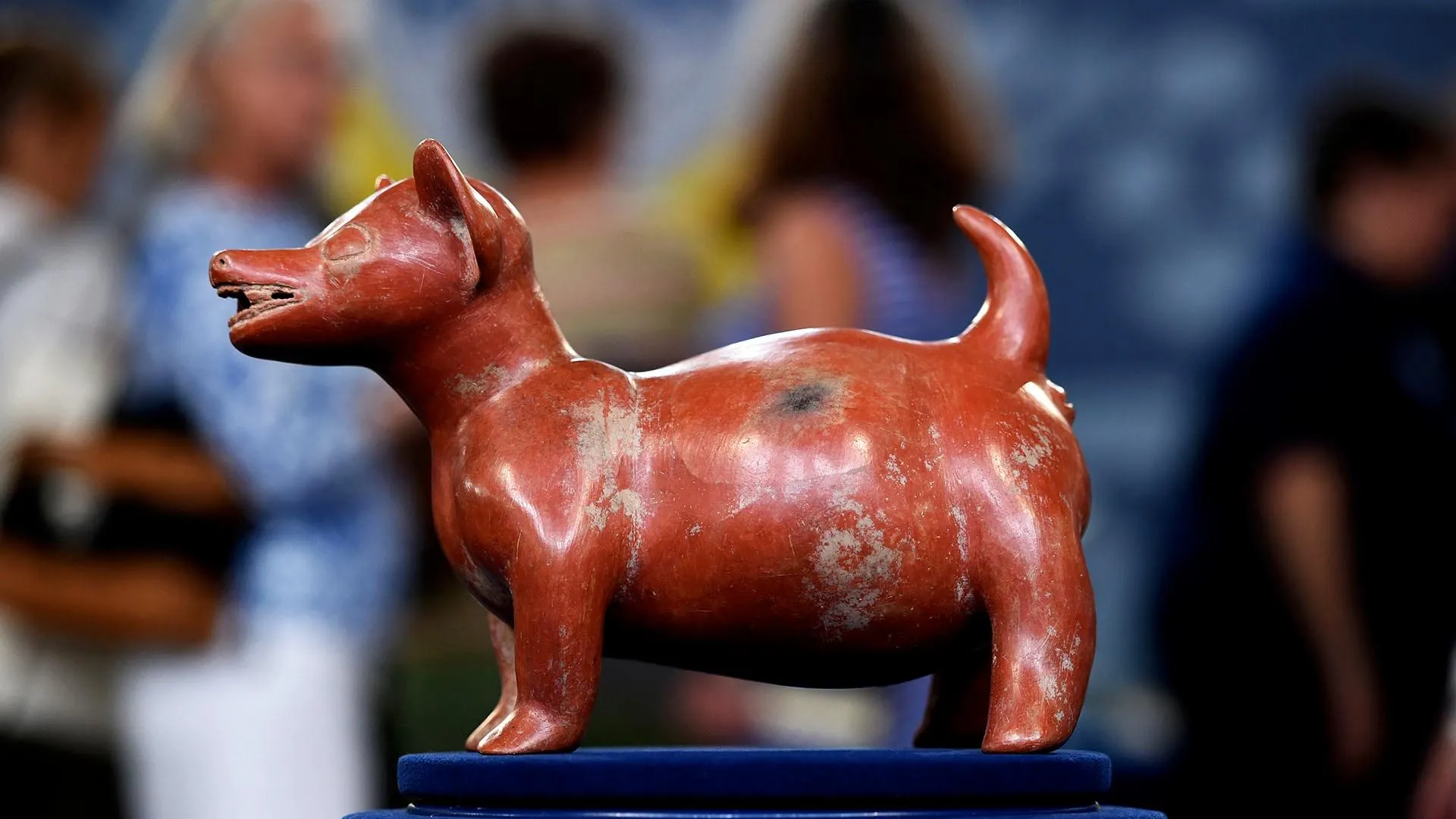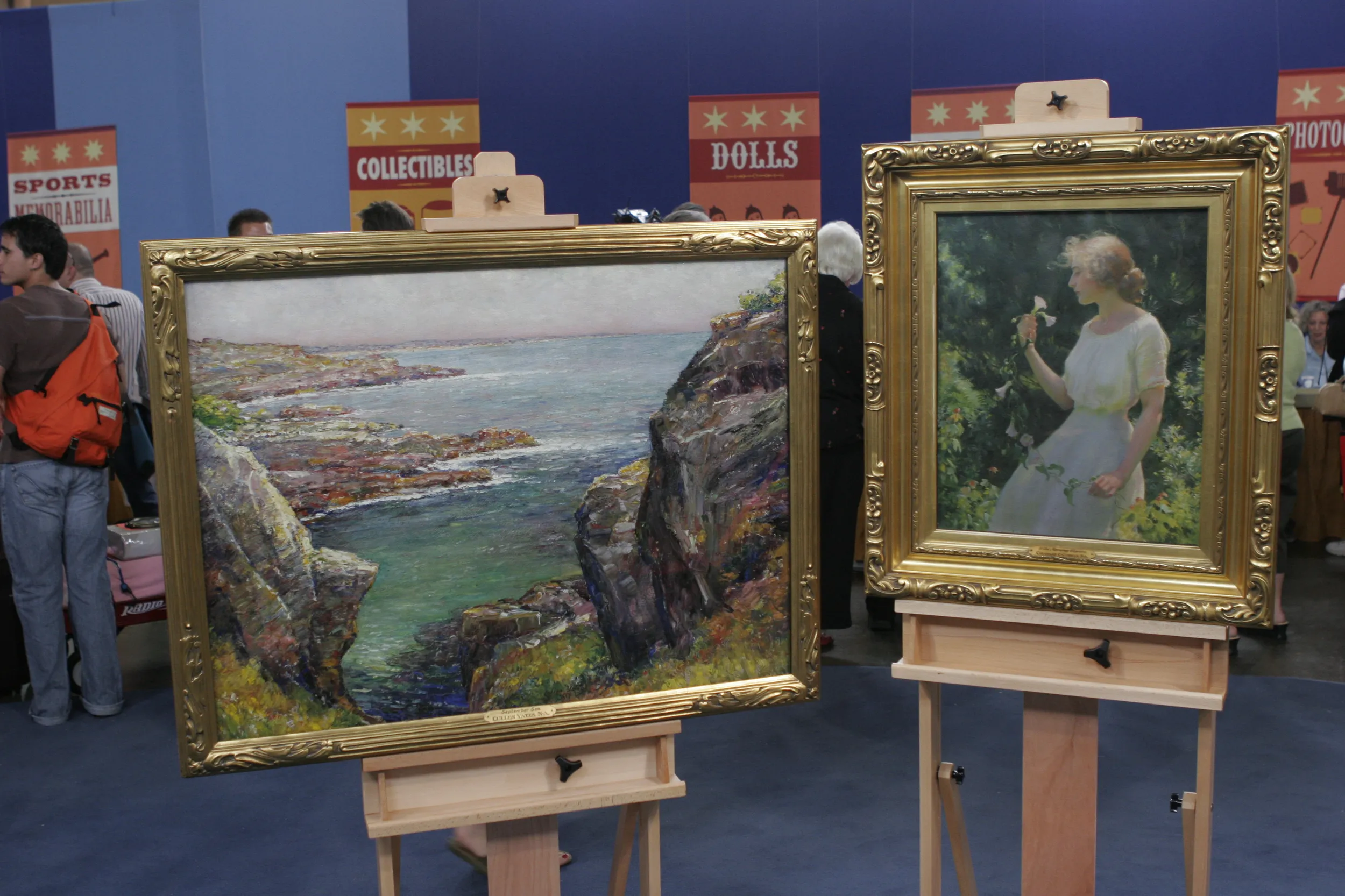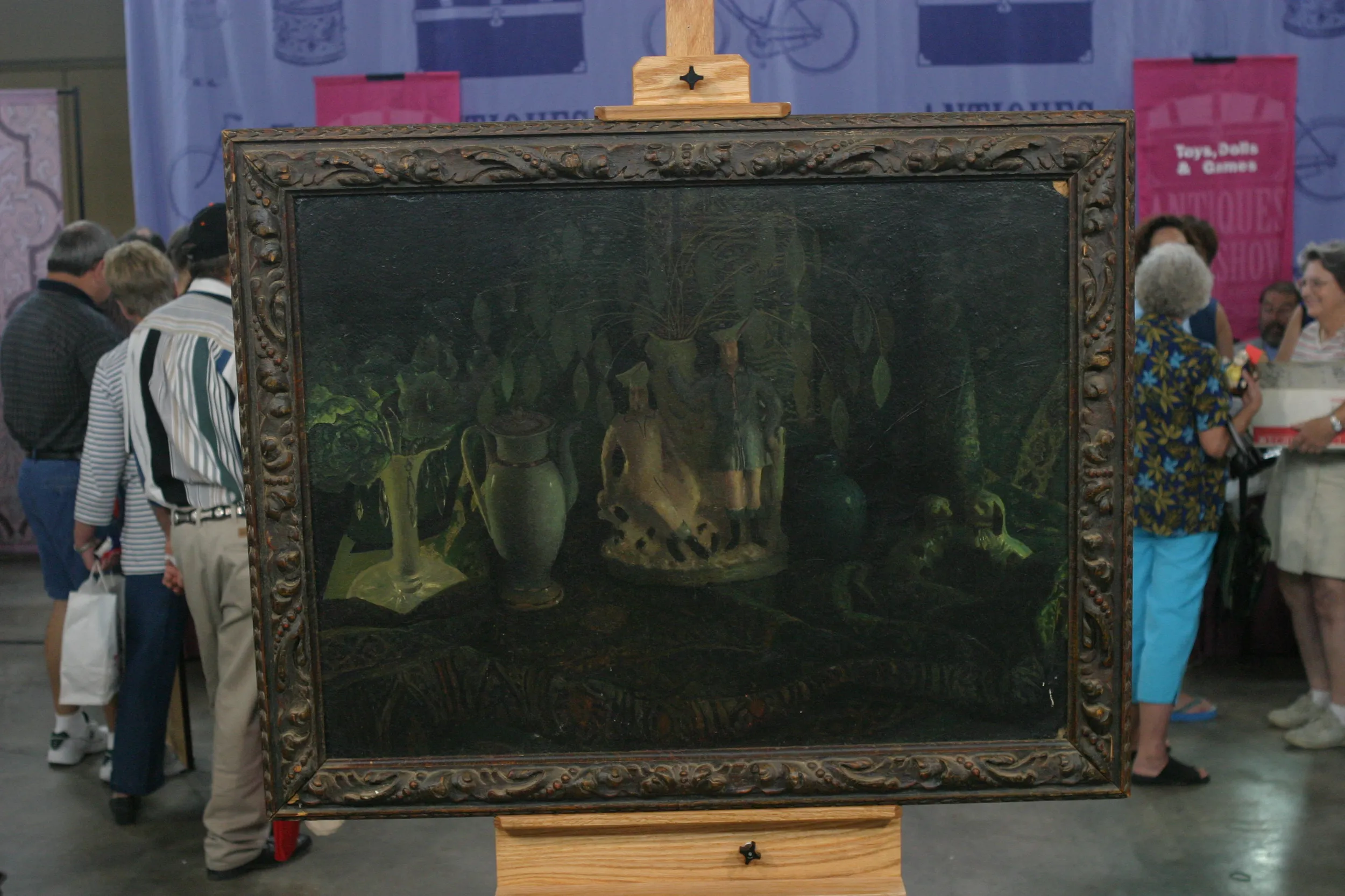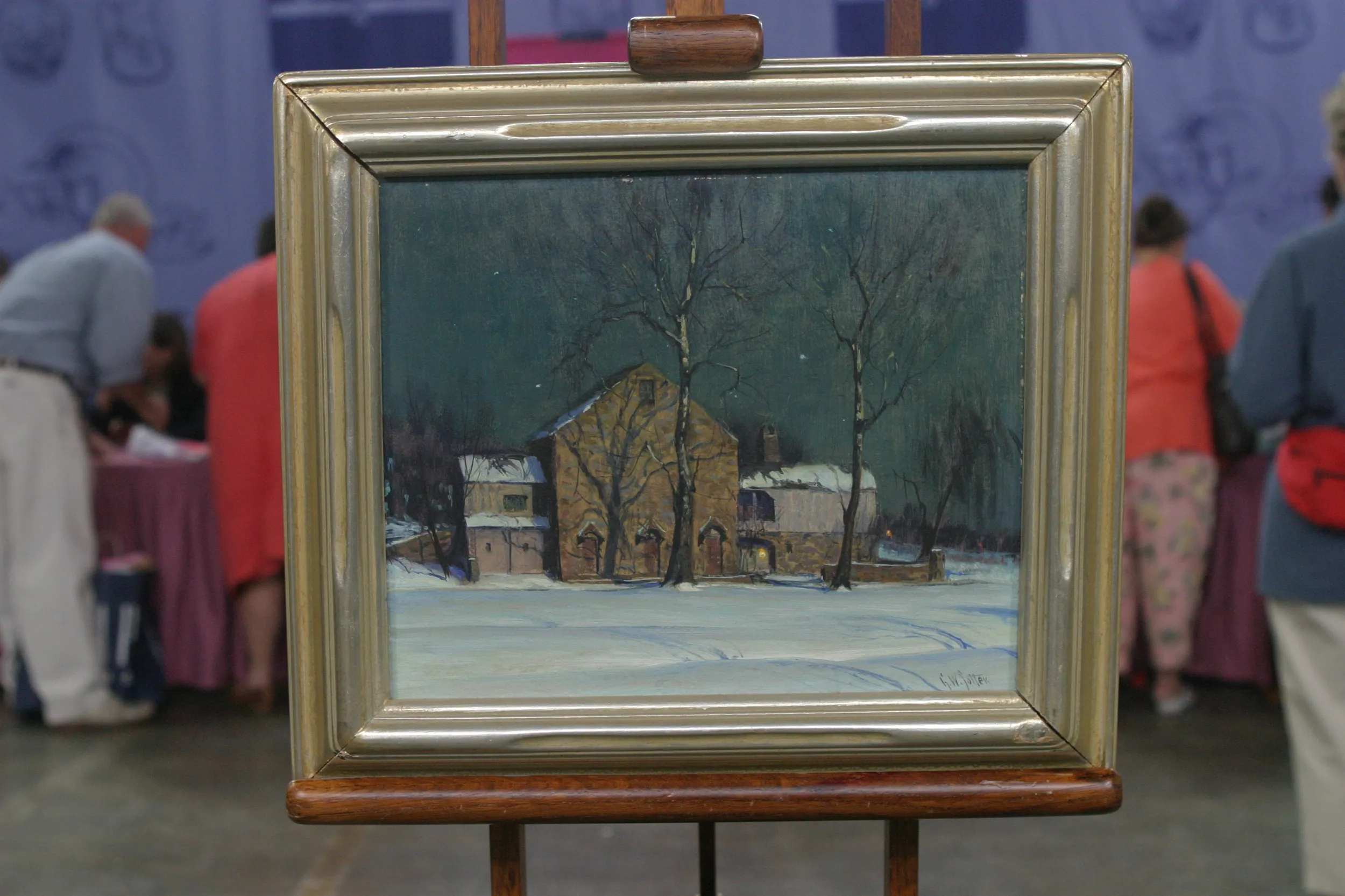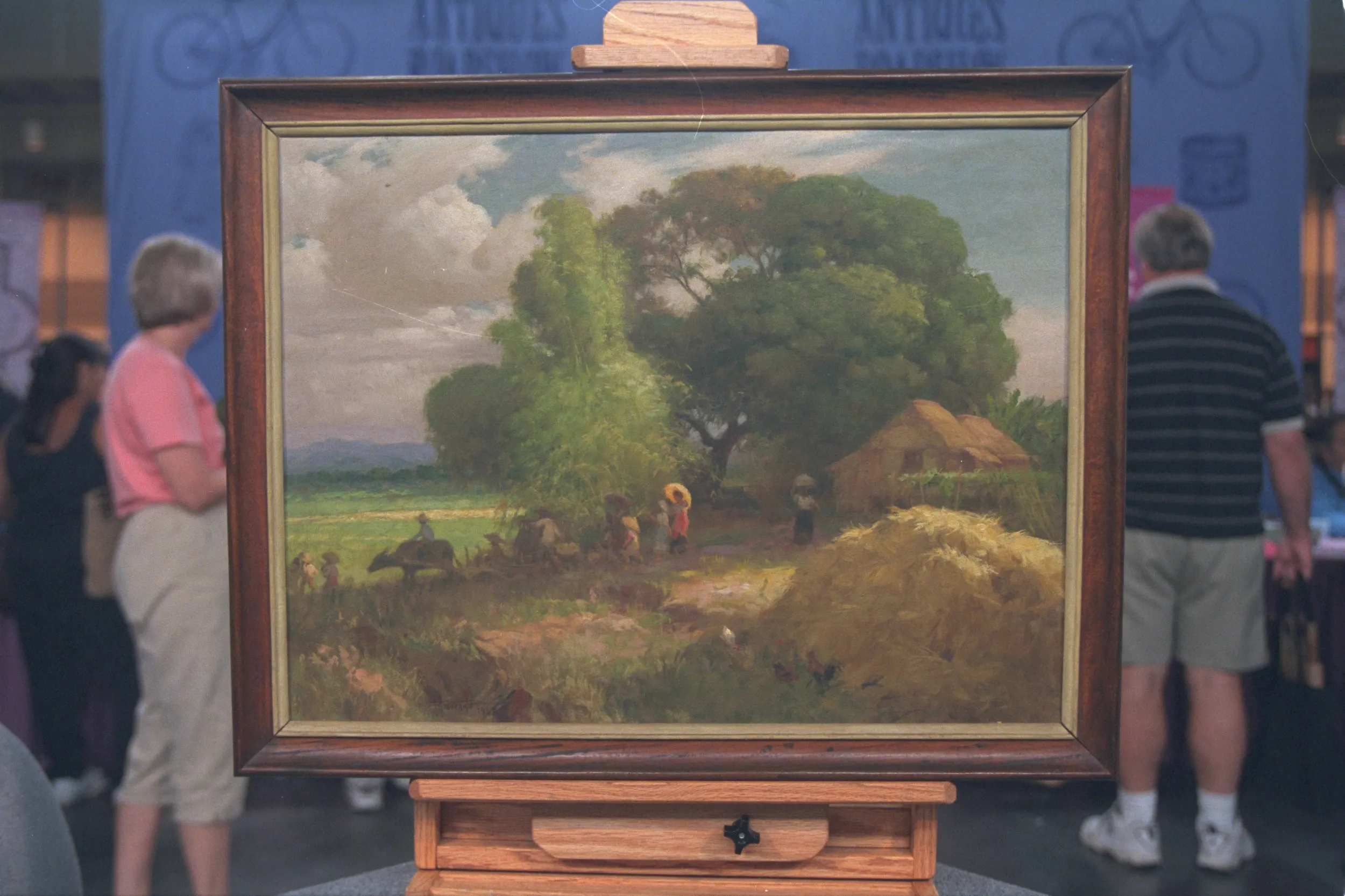GUEST: This painting used to belong to my great-uncle George, who had perhaps the best job in the world-- he owned a brewery up in Lancashire in the north of England. And it passed from him to his daughter, who was my mother's cousin, and then from my mother to me.
APPRAISER: Do you have any idea where your great-uncle got the painting?
GUEST: I don't have any idea at all.
APPRAISER: Have you ever found a signature on it?
GUEST: I hadn't before today, or any sort of means of being able to discover who the artist was, and still no signature that I'm aware of.
APPRAISER: We took the paper which covered the back of the picture, and we were lucky enough to find a label that said, "G. Lance" with the title "Black Cap, Monkey, and Fruit." So I did a little checking, and there is a Victorian still-life painter named George Lance. He was born in 1802 in Essex. And he showed artistic talent quite early on. And one day he encountered Charles Landseer, who was drawing in the British Museum. And he asked Landseer who his teacher was, and he said it was Benjamin Haydon. And the very next day, Lance went off to meet with Benjamin Haydon and ended up becoming his apprentice for about seven years. So he studied with him and at the Royal Academy as well. One of Lance's early patrons was a man named Robert Vernon. He was a big art collector. And his collection became what was to become the Tate Museum. And one of the pictures he bought from Lance was a picture called "The Red Cap" and it shows a monkey wearing a red cap. "The Red Cap" was painted in 1847. There's really some wonderful detail here with the hatpin and the peacock feather, and just the embroidery here on the jacket. He's got quite a wonderful ensemble on, and he's just about to cut into this melon, it looks like, and drooling.
GUEST: I think he's already had some, or he's anticipating...
APPRAISER: Yes. So the medium is oil. It's painted on panel, which is basically a piece of wood. And you have it framed under glass, which keeps it lovely and clean, but actually, to see the painting in the best possible way, I would recommend removing the glass. When was the last time you had the picture appraised, and for how much?
GUEST: I want to say it was about three or four years ago, and it was appraised, because nobody knew anything about its provenance, at, I think, $2,000 to $3,000.
APPRAISER: George Lance was instrumental in sort of bringing still-life painting back into the forefront in the 1830s and 1840s. He died in 1864, but had quite a successful career. And in today's market, the 19th century painting market is not as strong as it had been. And I think at auction it might be $20,000 to $30,000 in today's market.
GUEST: I think it would be appropriate to say, "By George," wouldn't it? (chuckles)
